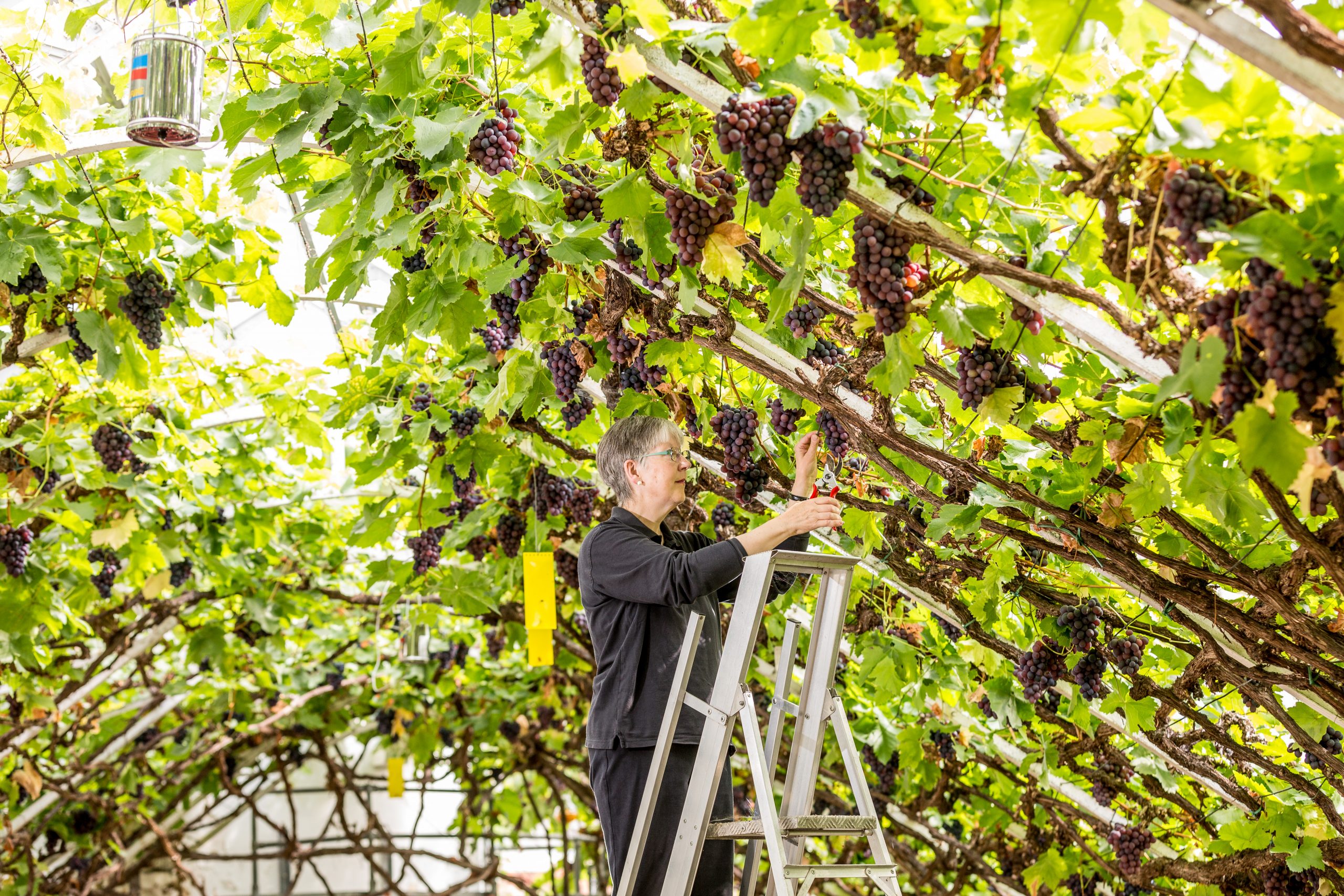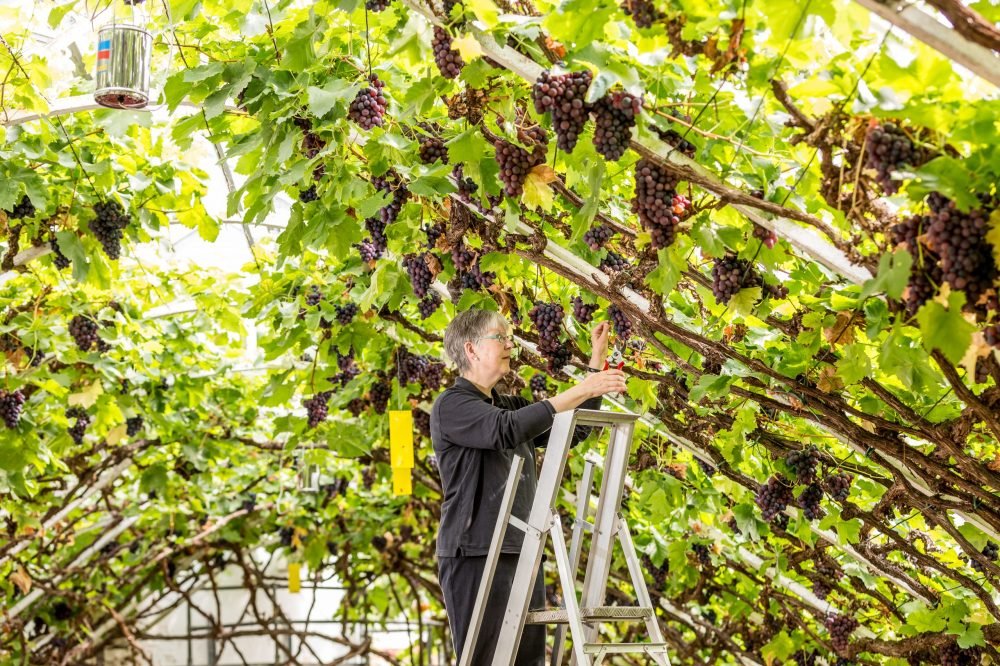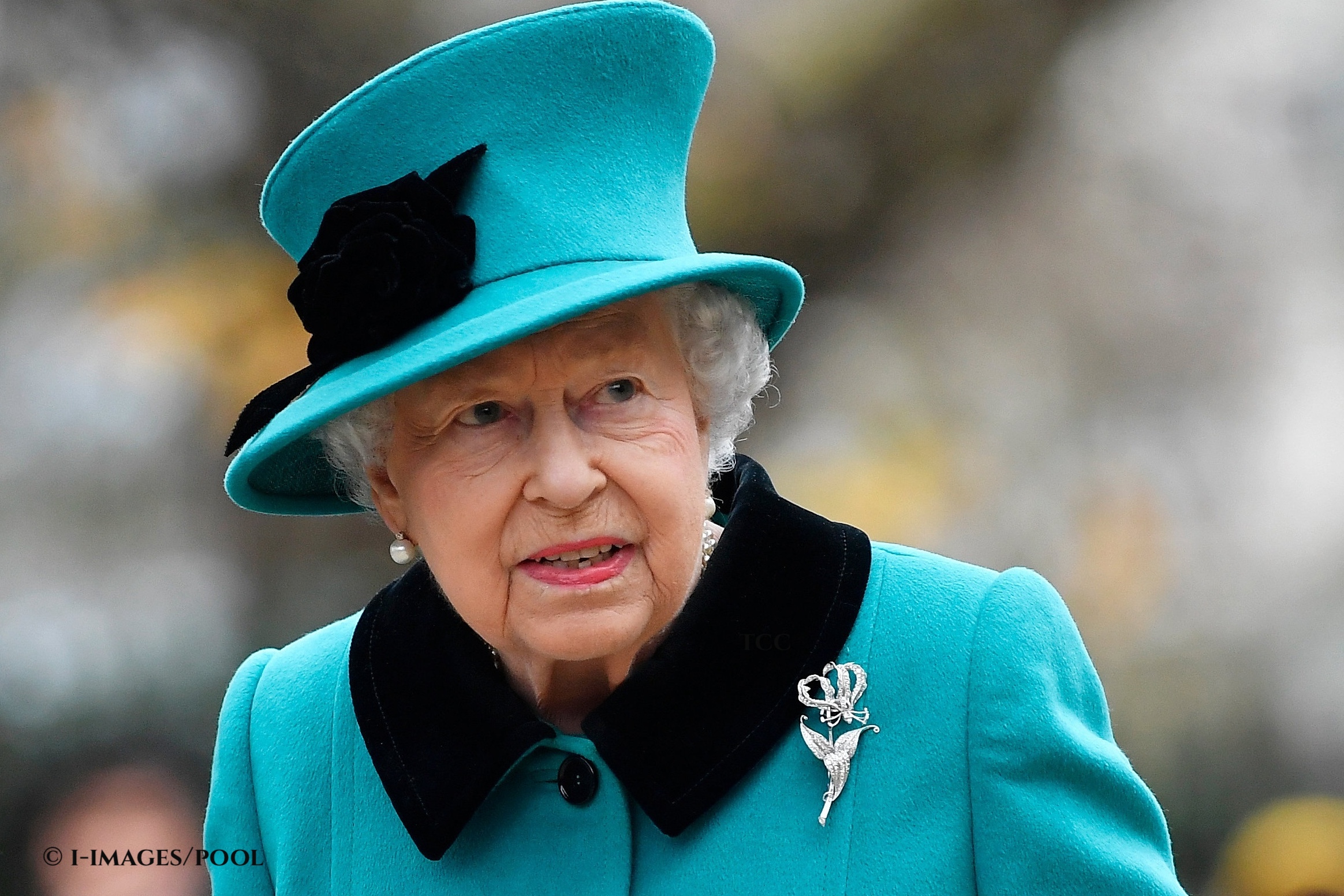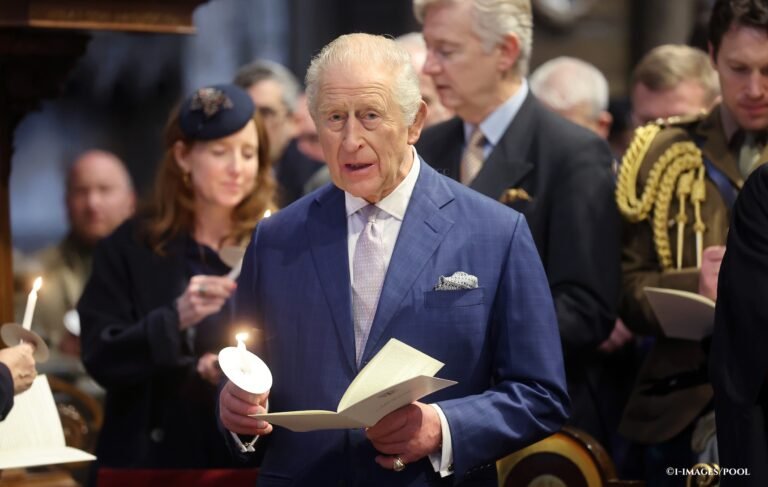The Great Vine at Hampton Court Palace – planted by Capability Brown in 1768 – is the largest in the world, and still gives a harvest each autumn. It was even described as one of “the Wonders of the Vegetable Kingdom”!
Charles II had the Long Water created at Hampton Court during his reign, and William III and Mary II installed fine baroque gardens. But it was famed gardener and landscaper Lancelot ‘Capability’ Brown, working under George III, who took a cutting taken at Valentine’s Mansion in Essex, and placed it at the Tudor and Baroque pile.


The glasshouse sits next to the Pond Garden at Hampton Court (which once stocked the fish for the palace kitchens!) and was planted using the extension method, which was thought to increase its yield.
The vine adds to the palace’s extraordinary outside delights, alongside the Fountain Garden, the famed maze, the Rose Garden, and the reconstruction of William III’s Privy Garden on the east side.

By 1887 the Great Vine was already 1.2 metres around the base, and today, it is four metres around the base, with the longest rod measuring 36.5 metres! It is the largest vine in the world, growing Black Hamburg (Vitis vinifera ‘Schiava Grossa’) grapes.
These black dessert grapes come in crops of about 272kg (600lbs), but the autumn of 2001 saw a bumper crop of 383kg (845 lbs)!
Queen Victoria had staff send the harvested grapes from the Great Vine to Windsor Castle when she was there, or to Osborne House on the Isle of Wight in the summer. Her successor Edward VII, however, made the decision to allow them to be sold to the public.
Today, you can pick up your own punnet of grapes during the first three weeks of September in the onsite palace shop at Hampton Court!
The Great Vine’s location is still the same, but there have been five or six glasshouses on the site throughout its history. In the early 1900s a three-quarter span wooden glasshouse was built, incorporating a viewing area for the public. This was quite new at the time.
In 1969 a new glasshouse was needed, as the Vine had become so entwined in the existing structure! The only way to manage this was to build a new aluminium glasshouse over the old wooden one, with the dormant vine being protected by polythene sheeting as the glass and wood frame were removed.

Unusually, the vine is currently looking for a new Keeper of the Great Vine, as its incumbent, Gill Strudwick, is retiring after 40 years of service.
Historically, the Keeper of the Great Vine lives in the house next door in order to be able to tend to the vine when needed!
The successful applicant will be only the 11th Keeper of the Great Vine in the plant’s 250-year history. George Lowe was the first in 1768, and it is thought that it was he who most likely planted the vine on Capability Brown’s instructions.
Jonathan Birtles took on the job in 1777, remaining in the position until his death. Alexander Turrell (1838-1848) and Augustus Turrell (1848-61) were the next incumbents, before John Knight (1861-81) took up the mantle; next came James Jack (1884-1916), HB Peckham (1916-45) and G W Tizzard (1947-1960).
Mary Parker broke the mould as the first woman to take up the post in 1962 until her retirement in 1983, when Strudwick was appointed.
Terry Gough, Head of Gardens and Estates at Historic Royal Palaces, said: “The Great Vine is one of Hampton Court’s most important horticultural treasures, and has been a much-loved feature of the palace’s formal gardens for centuries.
“Following the retirement of Gill Strudwick, who lovingly tended the vine for 40 years, this is a unique opportunity for a skilled gardener to become only the 11th Keeper of the Great Vine in the plant’s 251-year history.”
Find out more about the role here. Book tickets to Hampton Court Palace here.









